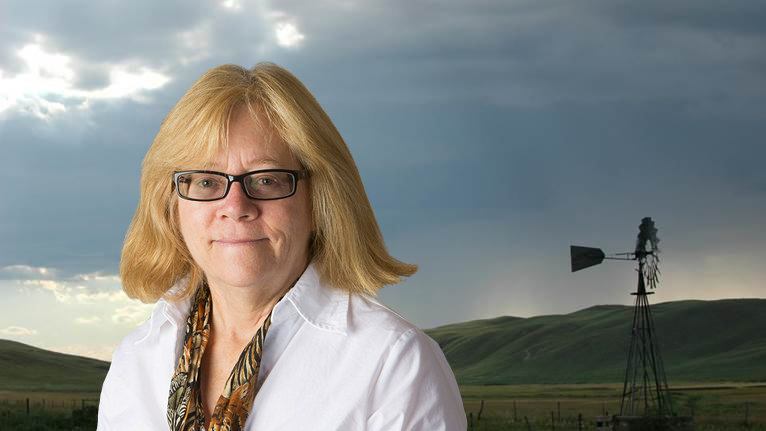
Name: LuAnn Wandsnider
Program: Anthropology
Specialization: Archaeology
Courses you are teaching this year:
ANTH 4/881 Landscape Archaeology
ANTH 4/887B Archaeological Materials: Lithics
ANTH 4/884 Data Analytics in Anthropology
What is your favorite course to teach and why?
The one I am teaching this moment, as there is always some much more to learn and distill.
How and/or why did you choose this field?
I started out in Engineering and took a North American Archaeology course with Alice Kehoe at Marquette University as one of my breadth requirements. I really enjoyed my time doing primary research with documents on Aztalan, a nearby Mississippian site, at the Milwaukee Museum. And, the courses I took with the Jesuits at Marquette on the foundations of the Old and New Testaments were mind-blowing. So, when I started getting Ds in my engineering courses, I knew it was time for a change. Now at UW-Madison (transferring because one could watch Star Trek in reruns in Madison but not in Milwaukee!), I sampled courses with friends from my co-op and was drawn to Linguistics and Archaeology. For my senior thesis, I repurposed my engineering exposure to FORTRAN (an ancient computer
language) to write a simulation of population growth as populations adopted agriculture. Looking back on this, I see I was trying to do agent-based modeling before it was a thing.
What are you currently researching?
I am now interested in how people recruit the material culture (the subject of archaeology), especially built structures, to project, honestly or not, facets of themselves. I am interested in the degree and longer term consequences of people using this material information to make decisions about with whom to ally. I am exploring this question for late 19th C Custer County, where we have rapid population increase, no common language and a kind of prairie panopticon, all of which mean material expressions are really useful to people making decisions about where to locate and grow towns. We also have the incredible photos of Solomon Butcher, who photographed people in front of their houses.
Of course, major economic woes and the coming of the railroad also feature in this story.
What are some ways students can be involved in your research?
We can carve out small bit of this question for students to explore. For example, in some cases members of ethnic groups settled close by each other and formed ready made communities; in other cases, not. Do we see houses with different degrees of elaborateness being erected under these different circumstances?
Why should students major in your field?
We have multiple huge transformations coming our way. What will happen? What should we be doing?
Archaeologists study transformations and consequences with a goal of learning from them.
What do you enjoy doing outside of work (hobbies, other interests)? :
Gardening, remodeling.